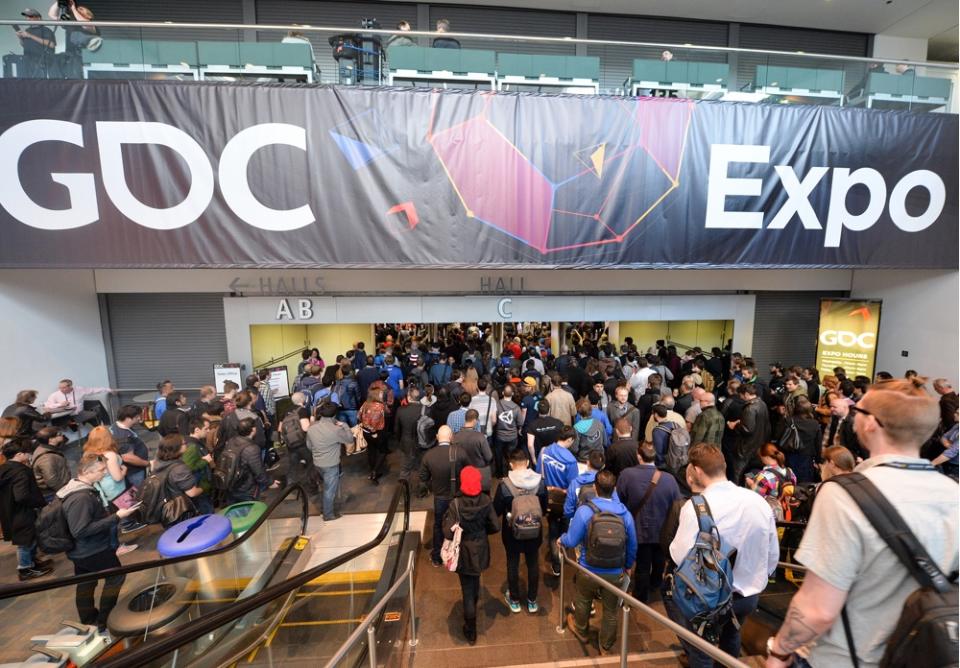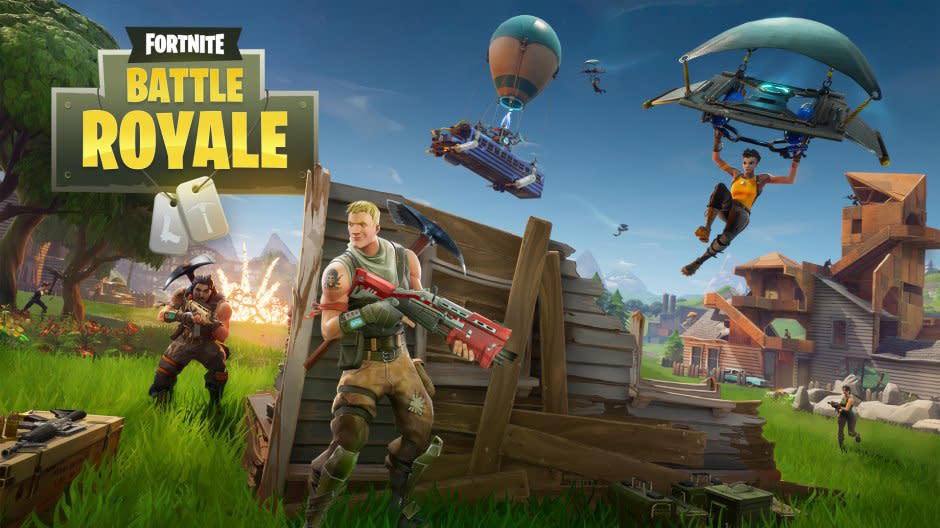GDC 2018: The 5 biggest game industry trends for 2018

It might lack the headline-grabbing software bonanza of a consumer-oriented event like E3, but when it comes to the business of games, the Game Developers Conference (GDC) is the most important show of the year.
Now in its 29th year, GDC drills down into the beating heart of video games by appealing to perhaps the most important gamers of all: the ones who make them. GDC 2018, which runs from March 19 through March 23 at San Francisco’s Moscone Center, is part expo, part summit and part job-fair. It’s where the future of the games industry is discussed — and often formed.
Here are four of the biggest game industry trends emerging from GDC 2018:
1. AR is the new VR
Despite tons of investor interest and loads of hype from critics, virtual reality has had a tough time getting off the ground. The current headsets remain expensive and unwieldy, and though tech pundits believe that they’ll shrink enough in both size and price in the next few years to become a major technological force, it’s taking longer than many expected.
“VR is still important – we see interest in it – though it’s true that the VR hardware has not become as popular as some people hoped, which often happens early in the lifecycles of technologies,” said Simon Carless, EVP of GDC parent company UMB. “I think we’re seeing now a bit of a retrenchment.”
In the meantime, augmented reality has not only delivered a massive hit in “Pokemon Go,” but remains more attractive for developers thanks to its lower cost of entry.

“I think people are looking forward to AR in particular,” Carless said. “Given that in the longer term we may not use phones – we may actually be using glasses with phone-like information on them – I think that enables AR to be an exciting possibility. A lot of the technology that games is pioneering will be needed to make that AR work. The space is exciting and there’s cool stuff going on there.”
Noteworthy tech companies certainly agree. Just before the show, Google (GOOG, GOOGL) released its Google Maps API to the world through the Unity game engine, making it much easier for developers to craft games using real-world locations. AR games based on Harry Potter, Jurassic Park, Ghostbusters and The Walking Dead are already in the works. And Tim Sweeney, CEO of game developer and Unreal engine creator Epic Games, believes AR glasses could replace smartphones within 10 years.
2. Games as service
At the end of 2017, you couldn’t scroll two lines into a gaming forum without being bludgeoned by the words “loot crates” and “the death of single-player games.”
Ultimately, both issues (which we won’t litigate here) boil down to the success of “games as service” – games that operate on a continuing revenue model through subscriptions or post-release updates that keep players coming back (and spending money). Some of the industry’s biggest games function this way, from Blizzard’s (ATVI) hit shooter “Overwatch” to Supercell’s mobile mainstay “Clash Royale.”

“There are so many games that have been released three or four years ago that have greatly improved themselves because they’re being run as a service,” Carless said. “How do you compete if you’re new off the block with some of these games that have been around for a long time?”
That’s a good question, and one that countless game companies will spend the year trying to answer. Getting it right — creating a game embraced by players that also works as a long-term revenue generator — is no easy task.
3. Getting discovered
Even harder? Just getting noticed in the first place.
Between the consoles, PC and mobile devices, tons of new video games are released every week. As more and more players opt to buy those games digitally rather than make the trek to retail stores, the old models of how a game gets discovered are breaking down.
“Beyond your ‘Grand Theft Autos’ or your ‘Assassin’s Creeds,’ everyone is competing on the same playing field nowadays,” Carless said. “Even if you’re an established company with 50 or 100 people, you may have to compete with the really scrappy three-person development team who have done a really good job of building their game. There are more and more amazing looking games being released, but it’s really difficult to find them.”

That means figuring out new ways to get a game noticed. Building buzz in a sea of software requires planning beyond a commercial or two. Social outreach, press coverage, changing the revenue model — there’s no one right answer.
Just ask Epic Games, creators of the pop-culture juggernaut “Fortnite.“ Originally released in July of last year, “Fornite” was met with middling reviews and slow sales until the developers added a new free-to-play “Battle Royale” mode in September 2017. Within a few months, “Fortnite” has become the biggest game in the world (over 45 million players, 3.4 million peak concurrent users back in January). Rapper Drake and streamer Ninja recently played live on Twitch, which is owned by Amazon (AMZN), breaking viewership records. No one saw it coming, its developers included.
Plenty of GDC panels about PR and marketing hope to give clues about achieving this sort of success, though expect companies to spend the bulk of 2018 actively searching for ways to cut through the noise.
4. Fighting toxicity
All too often, players fire up an online game, sit through matchmaking and emerge in a virtual world only to find themselves the target of obscenities that would make George Carlin blush. Online gaming drama can quickly take a turn for the worse, such as when a swatting prank resulted in the death of a Kansas man at the tail end of 2017.
No matter the form, bad behavior is bad for business. In turn, game companies will be spending a great deal of time in 2018 trying to clean up their communities.
GDC helps kick that movement off by introducing a new organization called The Fair Play Alliance. Its goal is to take the fight to the trolls by sharing best practices to encourage healthier player relationships. Over 30 of the world’s biggest game companies are on board, including Blizzard, Epic, Riot, Rovio, Supercell and Twitch.
Other notable trends covered at GDC 2018 include the continuing rise of esports, representation and diversity, game engine wars and the potential use of cryptocurrency in gaming.
More games news:
‘Kirby Star Allies’ review: How to make friends and eat them
Despite Trump’s meeting, video games and violence still don’t add up
‘Far Cry 5’ preview: Exploring cults and terror in the American West
Follow Ben Silverman on Twitter at @Ben_Silverman.

